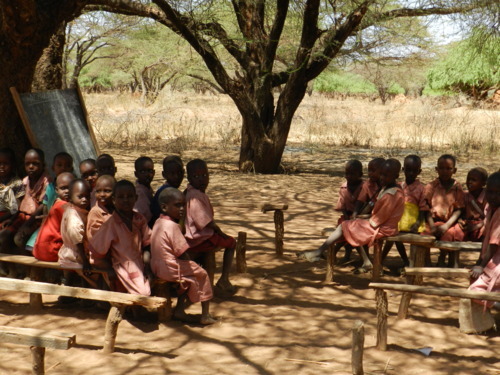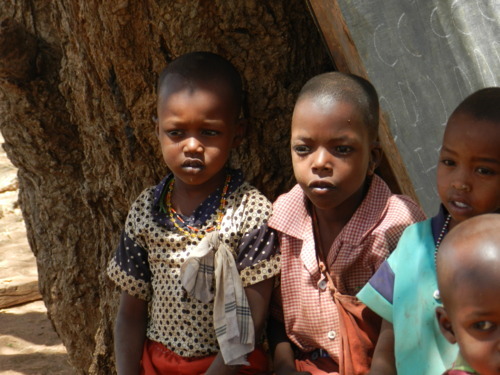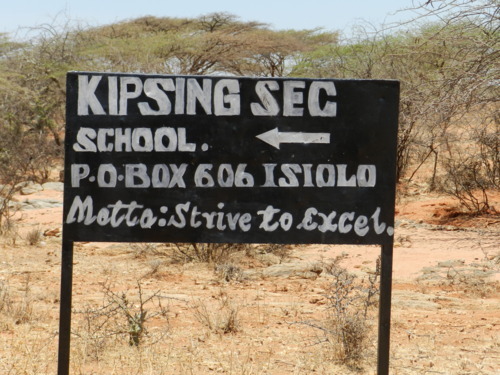
Kipsing Secondary School (see below) was built using harambee (the community coming together to contribute)
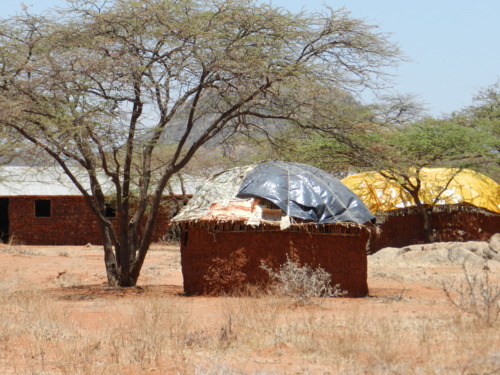
Only 3 years old, the school has two classrooms, used for the Form 2 and Form 3 classes. A Form 4 class is being built, to accommodate the current Form 3 students as they move forward a year. 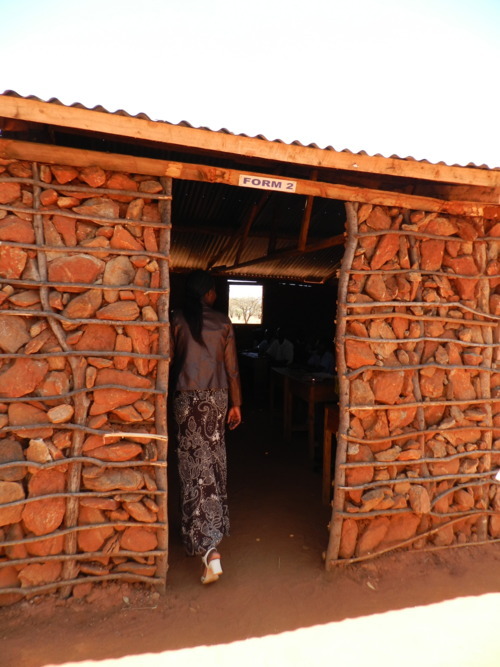 classes.
classes.
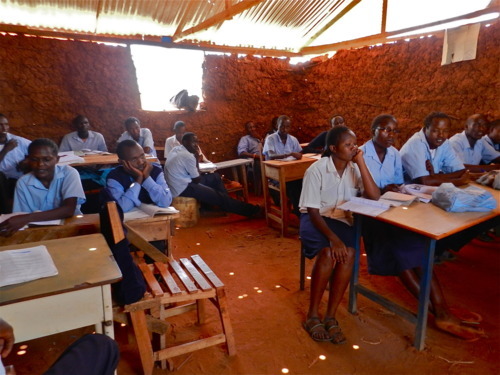
The Form 1 Class (pictured below), does not actually have a classroom, and thus must learn under a tree. Despite an enormous handicap such as this, these students must still write the same standardized tests and be graded against students all over Kenya who are learning in classrooms with a much wider range of resources. 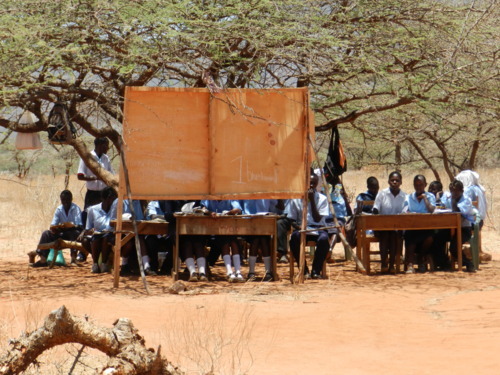
Some of the students in Form 1 do not even have desks and chairs, and must then spend the day sitting in branches of the tree for their classes (pictured below).
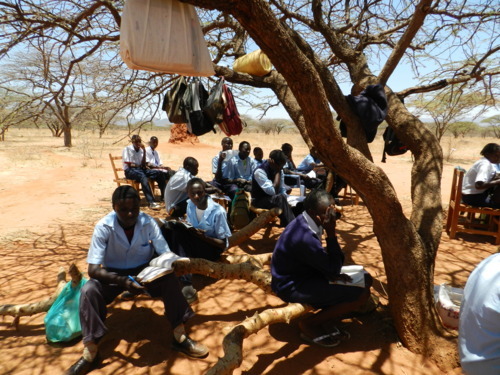
The teachers’ staff room is a mud hut that will unlikely survive one rainy season.
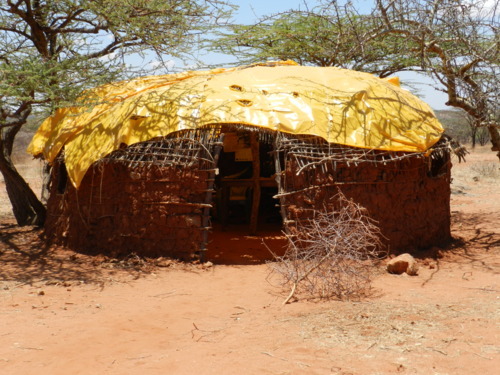
Like the staff room, the principal’s office is a mud hut, only smaller. Both were built by harambee, using whatever materials could be sourced on the land. 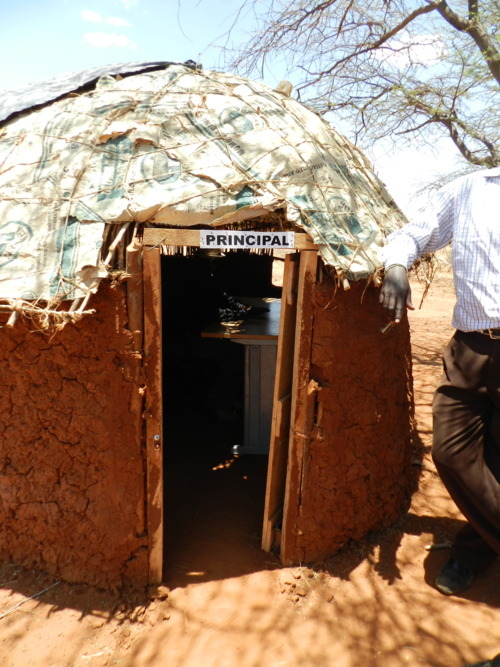
The girl’s boarding is in a community building. Human sewage was seeping out of the latrines next door, which we had to walk over to arrive at the entrance.
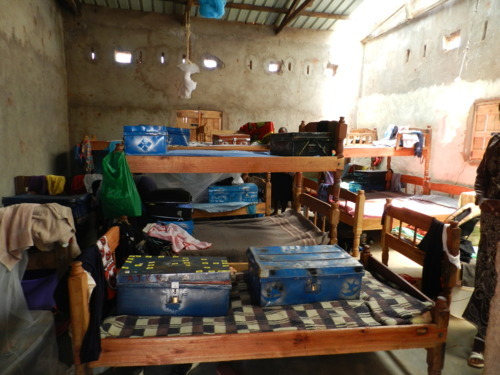
The local community is mainly Samburu, with Meru, Turkana, and some Somalis in the mix. Predominantly a nomadic culture makes boarding essential for ensuring students stay in school.
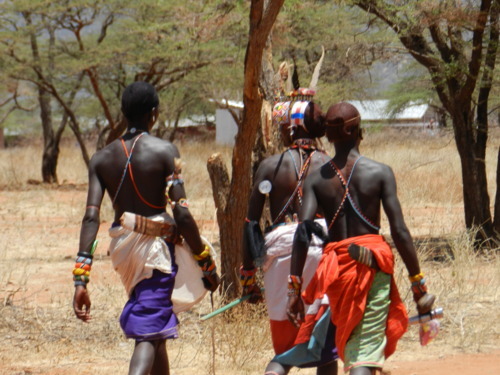
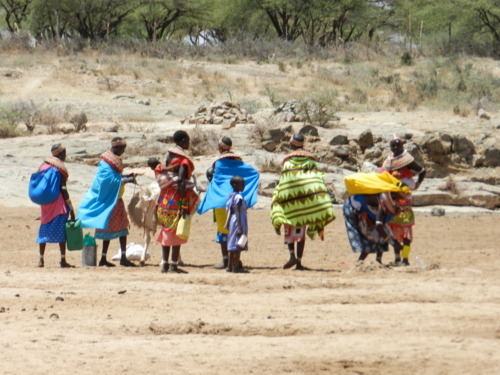
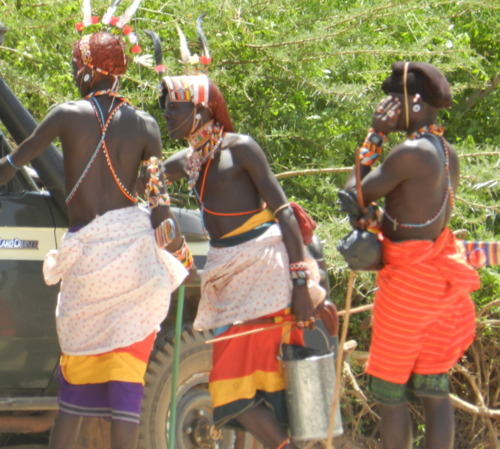
The community (including all of the schools) has no source of clean water, and must collect it by digging holes in the dry riverbed. In 2010 there was a severe cholera outbreak that killed many. 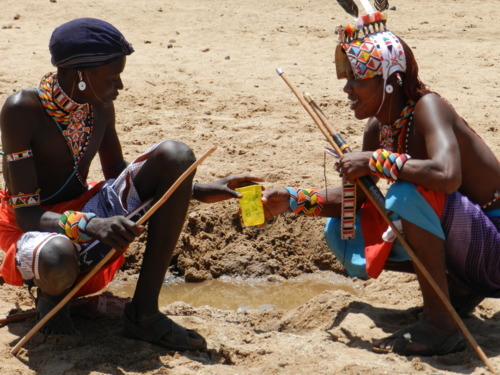
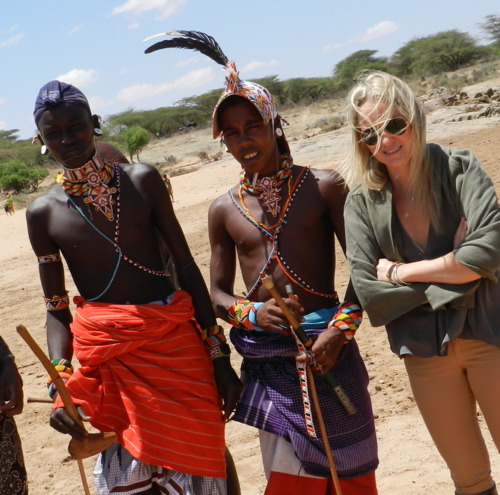
The boys at Kipsing Secondary board at Ndonya Elegnala Primary School, about a 4km walk from the school. In the evening they lay out mattresses, which are rolled up and placed at the back of the class with their belongings, to make space for the primary school students (see below).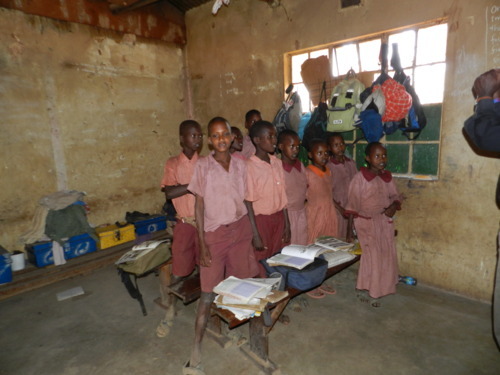
The school is so low on funding and material that in the classrooms they do not have chalkboards, and must write on the wall (see below).
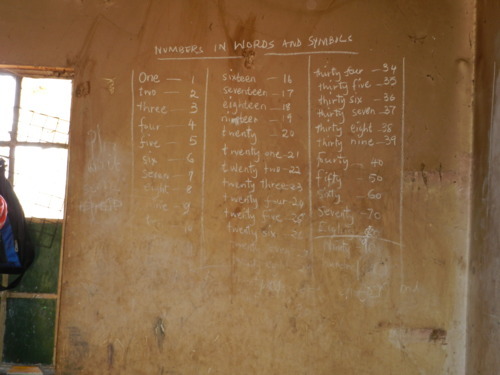
Like Kipsing Secondary, the Primary School students do not all have classrooms, and the younger ones must also learn under trees outside.
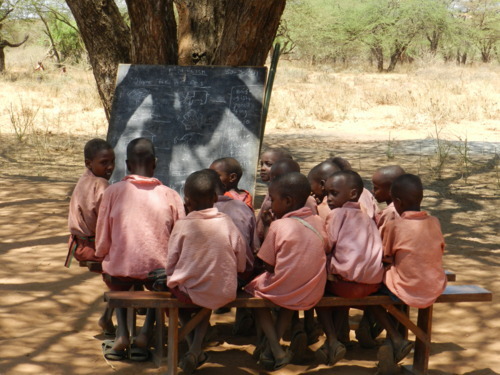
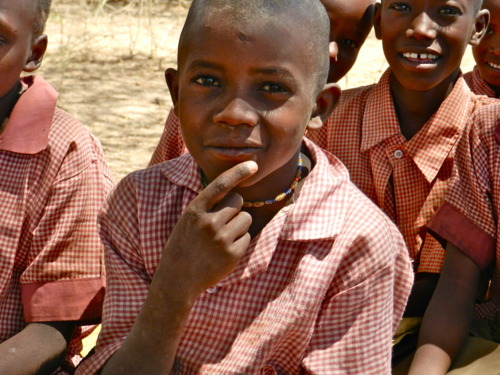
The youngsters in ECD also learn under a big tree, which is actually the church and where the community gathers for service (note the benches)
